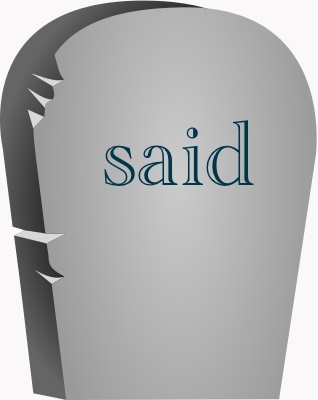You Can never Get enough Books on Writing
My mother collected cookbooks. From the Better Homes and Gardens classic to The Joy of Cooking to Southern Living, she loved browsing recipes. Me, I love poring over books about writing. Every title offers new tidbits that improve my craft (“The road to hell is paved with adverbs.”–King), motivate me (“Bird by bird, Buddy. Just take it bird by bird.”–Lamott), or just let me revel in the deliciousness of words (“The reader will usually find in the sentence some compensating merit, attained at the cost of the violation.”–White).
In a previous post, I recommended three must-have books on writing: The Elements of Style, by William Strunk, Jr. and E. B. White; On Writing, by Stephen King; and Bird by Bird, by Anne Lamott. Today I’m adding three more treasures to your chest that will make your writing kick ass!
Continue reading 3 MORE Books on Writing no Writer Can Live Without











You must be logged in to post a comment.